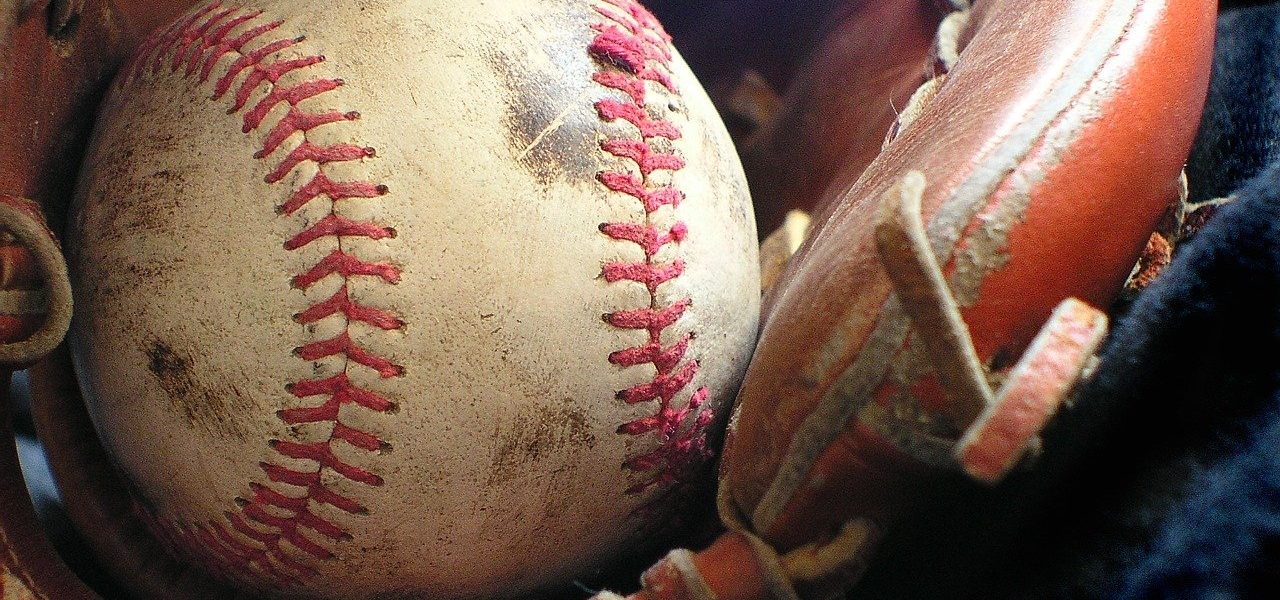We’ve discussed the basic rules of baseball, so it’s now time to talk about how you can perform better at the sport if you’re as enthusiastic about playing it as you are watching it. We will give you a couple of tips regarding batting and pitching, which will hopefully help you.
Batting Tips
 As you all know, each player from the team gets to bat at least once during the game, so everyone has to know how to bat. The only person who doesn’t have to bat, in Major League Baseball at least, is the pitcher. This didn’t use to be the case until this year; the National League had pitchers batting, while the American League stopped the practice a while ago.
As you all know, each player from the team gets to bat at least once during the game, so everyone has to know how to bat. The only person who doesn’t have to bat, in Major League Baseball at least, is the pitcher. This didn’t use to be the case until this year; the National League had pitchers batting, while the American League stopped the practice a while ago.
Tips for batting:
- If you choose to wear gloves while batting, make sure you get the right size by measuring your hand. The rule is the tighter the better, but the gloves shouldn’t feel small.
- Choose the right bat for you. This includes choosing a type of wood (professional players mostly use maple wood bats), as well as the weight. Make sure it’s right for your height and weight.
- Pick a stance. You should feel comfortable and confident while awaiting the pitch, so practice your stance and see what works for you.
- Improve your timing. Timing is among the most important things in batting, because the 90 mph balls are not gonna wait for you. To do this, apart from practicing, you should look into ways to improve your reflexes. You can try playing first-person-shooter games, which have shown to improve timing.
- Improve your coordination. Become one with the bat, literally. Another thing to train is your hand-eye coordination, because you should immediately react when you see the ball flying towards you. A great way to practice is getting a smaller ball to train with.
- Expect fastballs. The fastball isn’t the only type of pitch, but it’s the most often used one, so the trick is to always expect it and when you get a slower pitch, you’ll be better prepared to hit it.
- Know your pitcher. There are fewer pitchers in the roster than there are batters, so it’s easy to study how they pitch. Know what to expect by studying their pitches before the game.
- Run, run, run. Before you even hit the ball, you should visualise your run to the bases, because once that happens, you won’t get the chance to think about it. Practice running exclusively, preferably with another person to time you.
Pitching Tips
Pitching is the most specialised part of baseball and you wouldn’t have to bat if you ever end up pitching in the MLB. Pitchers, however, tend to get injured more often than the other players due to the nature of their craft – a repetitive motion involving almost all muscles in their arms. You should be careful if you choose to become a pitcher.
Tips for pitching:
- Efficient gym sessions. You need to be in great shape to pitch and you need tough muscles for the job. You don’t, however, want to put unnecessary strain on them, so we recommend having balanced weight lifting sessions, perhaps ones a gym coach had created for you.
- Throw hard pitches. This one is a no-brainer – the harder your pitch, the harder it is for the batter to hit the ball.
- Improve your velocity (as much as you can). We added the sentence in the brackets, because velocity is among the most difficult things to improve on; you either have it, or you don’t. Many good baseball players are simply not suited to be pitchers.
- Improve your command. You can make up for velocity (slightly) by improving your command of the ball, meaning that your balls land exactly where you want them to land.
- Be consistent. Since the pitchers arguably do the heavy lifting in a baseball game, they have to be consistent with their pitches. Nine batters get three chances each, but a few mistakes of a pitcher can lead to a catastrophe.
- Change it up. No, this point doesn’t negate the previous one. Although you want to be consistent in your pitching, it doesn’t mean that you should do the exact same pitch all the time. Little leagues favour fastballs, and many times it’s not even the pitcher’s decision to throw them, but once you move up or you train to do so, you should throw different pitches to surprise the batters.
- Get in the right headspace. Pitching is a very repetitive ordeal, but you must never lose track of the game, because again, it can be disastrous for your team if you lose focus even for a second. One technique to improve your focus and to be hyper aware of your surroundings is grounding; name all the objects and parts of the scenery you can see until you feel you have control over the situation. Take a breath and go on.
- Study the batters. It’s harder to study nine opposing players (not even including the potential substitutes), but you have to do it. The good thing is that the catcher have to study them as well, and he’d give you signals as to where it’s better to aim the ball at.
